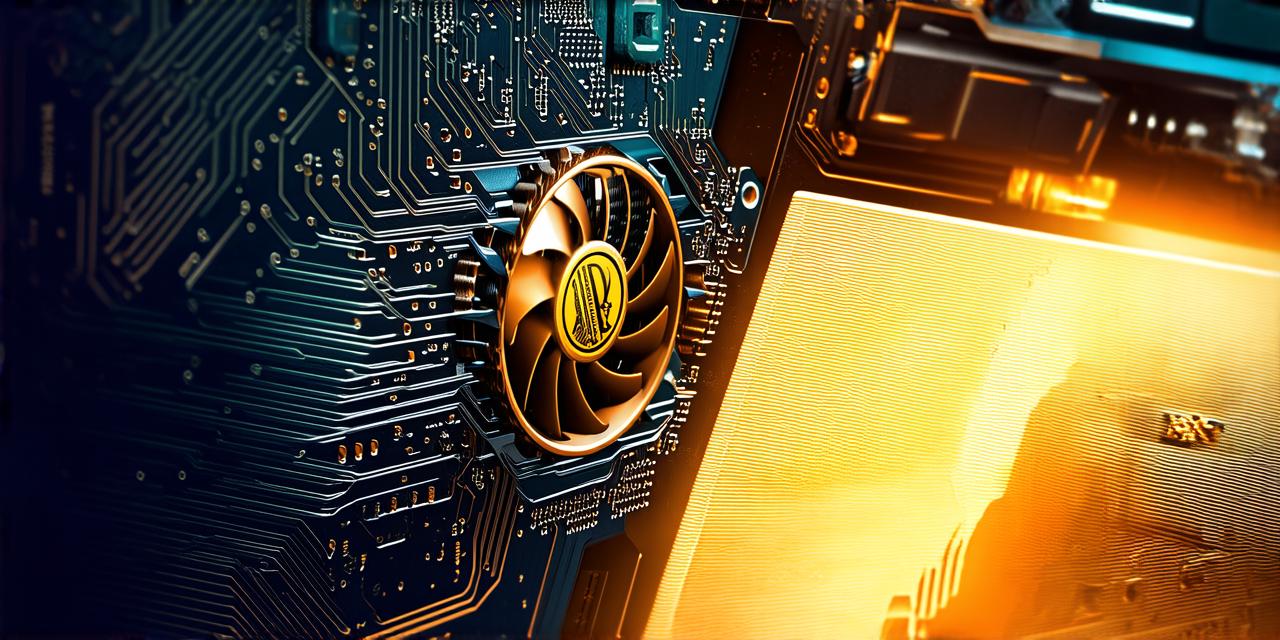When it comes to developing video games, choosing the right graphics card is crucial. The performance of your game can heavily depend on the type and quality of the graphics card used.
However, many game developers struggle with identifying which specific graphics card their game is using. This can be frustrating and time-consuming, especially if you’re trying to optimize your game for a specific hardware configuration.
Identifying Your Graphics Card
One of the most obvious ways to identify which graphics card your game is using is to check the system requirements listed by the game developer. These requirements will often include specific details about the minimum and recommended graphics card required to run the game. If you’re unsure, simply look for the graphics card model number in the list of requirements.
Another way to identify your graphics card is to use a tool like “Speccy” or “Display Driver Uninstaller”. These tools will provide a detailed breakdown of all the hardware installed on your system, including the graphics card. They’ll also tell you which version of the graphics driver is installed and if there are any updates available.
Why Choose the Right Graphics Card?
Choosing the right graphics card for your game can have a significant impact on its performance. The type of graphics card used will determine how well your game will run, and whether it’s capable of achieving the desired frame rate and resolution.
For example, if your game is designed to be highly detailed and graphically intensive, you may need to choose a high-end graphics card with advanced features like ray tracing or hardware acceleration. On the other hand, if your game has lower requirements and runs smoothly on most systems, you can opt for a mid-range or budget-friendly graphics card.
Optimizing Your Game for Different Graphics Cards
Once you’ve identified which graphics card your game is using, it’s important to optimize it for that specific hardware configuration. Here are some tips on how to do this:
- Adjust Graphics Settings: Most games offer a range of graphics settings that can be adjusted to optimize performance for different types of graphics cards. Look for options like “quality”, “resolution”, and “antialiasing” in the game’s settings menu. These settings can help you achieve better frame rates without sacrificing too much graphical fidelity.
- Use LOD (Level of Detail): LOD is a technique used to reduce the amount of detail in graphics rendered by the game. This can significantly improve performance on lower-end systems, as it reduces the amount of data that needs to be processed by the graphics card. Look for settings that allow you to adjust LOD levels in your game’s graphics options.
- Disable Unnecessary Features: Some graphics cards come with advanced features like ray tracing or hardware acceleration. However, these features can also have a significant impact on performance, especially on lower-end systems. Try disabling any unnecessary features to see if it improves the performance of your game.
- Keep Your Graphics Driver Up to Date: Regularly updating your graphics driver can help improve performance by fixing bugs and optimizing the way the driver communicates with your graphics card. Check for updates regularly and make sure to install them as soon as they become available.
Conclusion

Choosing the right graphics card is essential for developing a high-performing video game. By using tools like “Speccy” or “Display Driver Uninstaller” to identify your graphics card, you can optimize its performance and ensure that it runs smoothly on your system.
